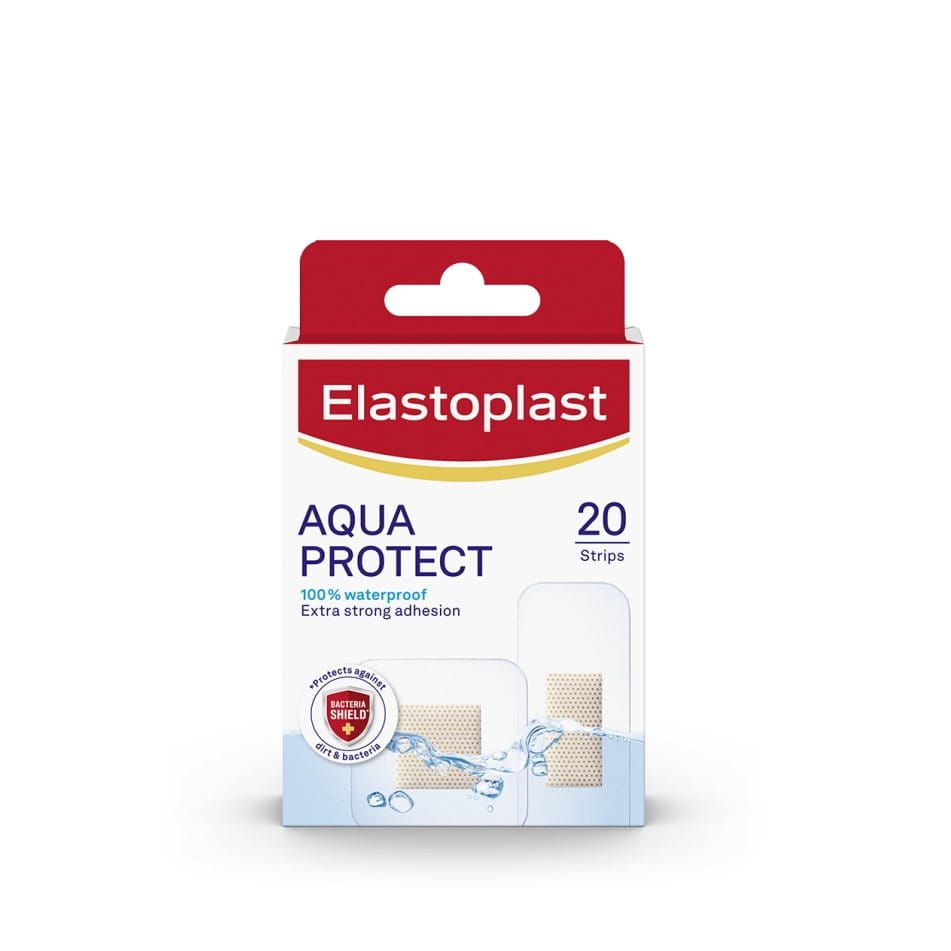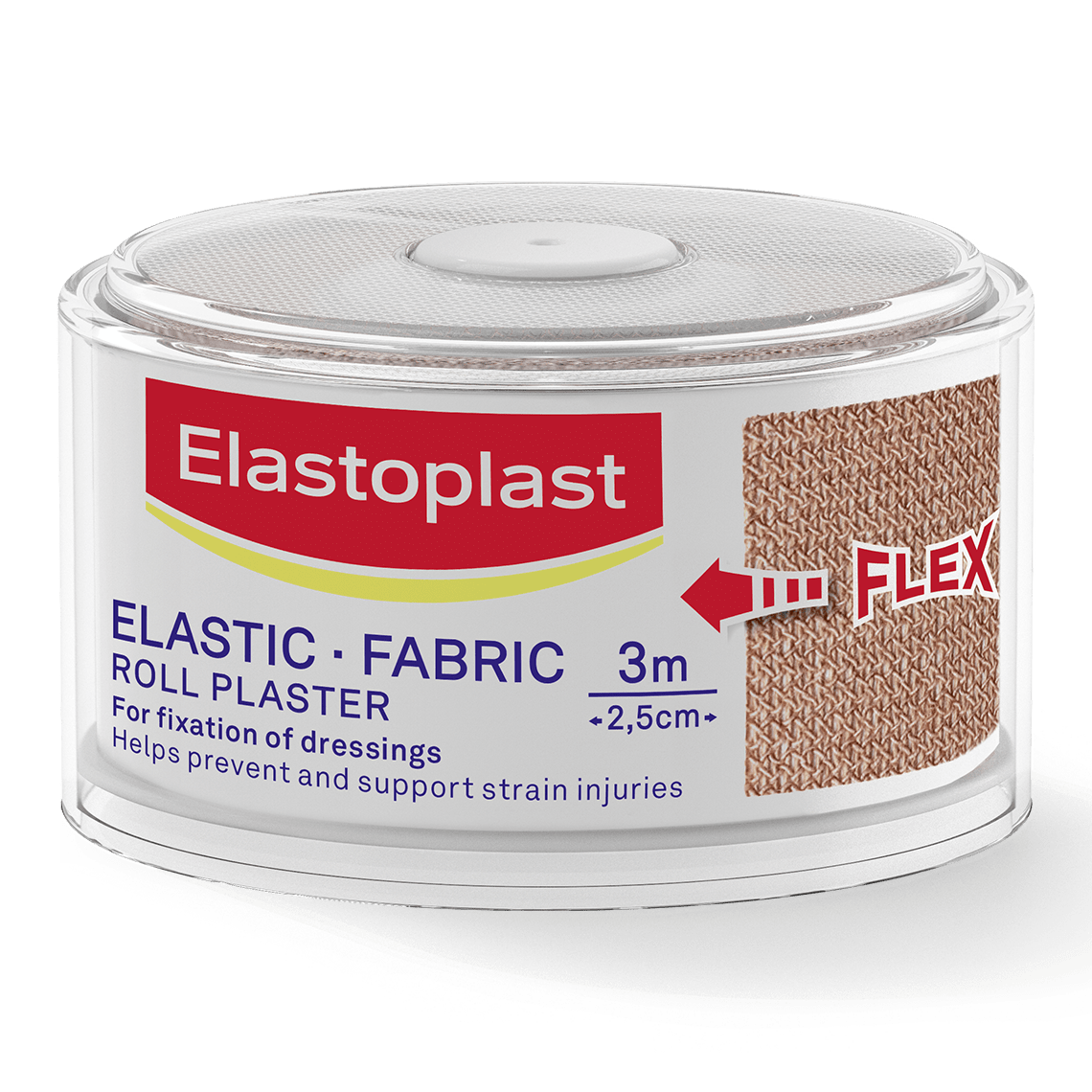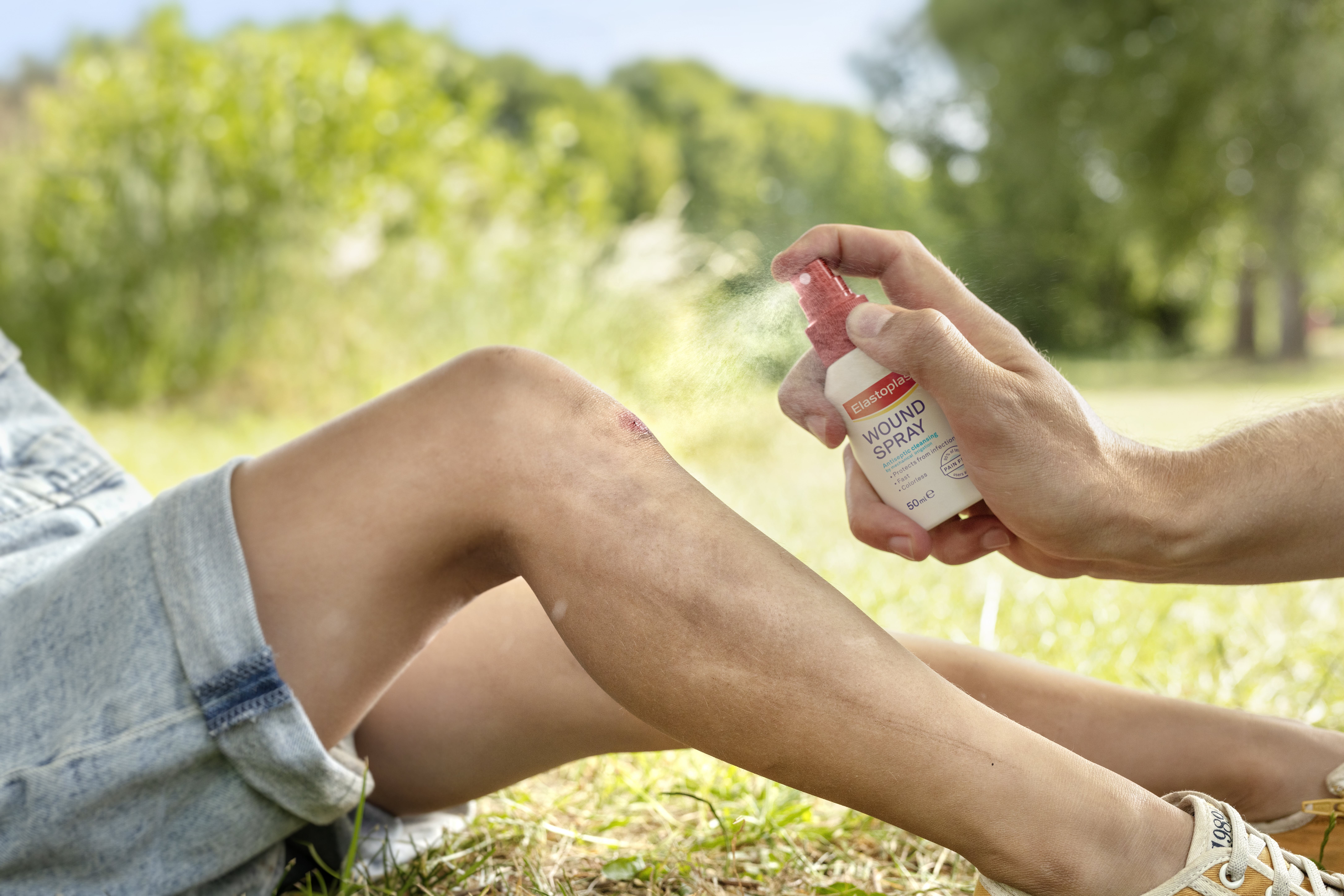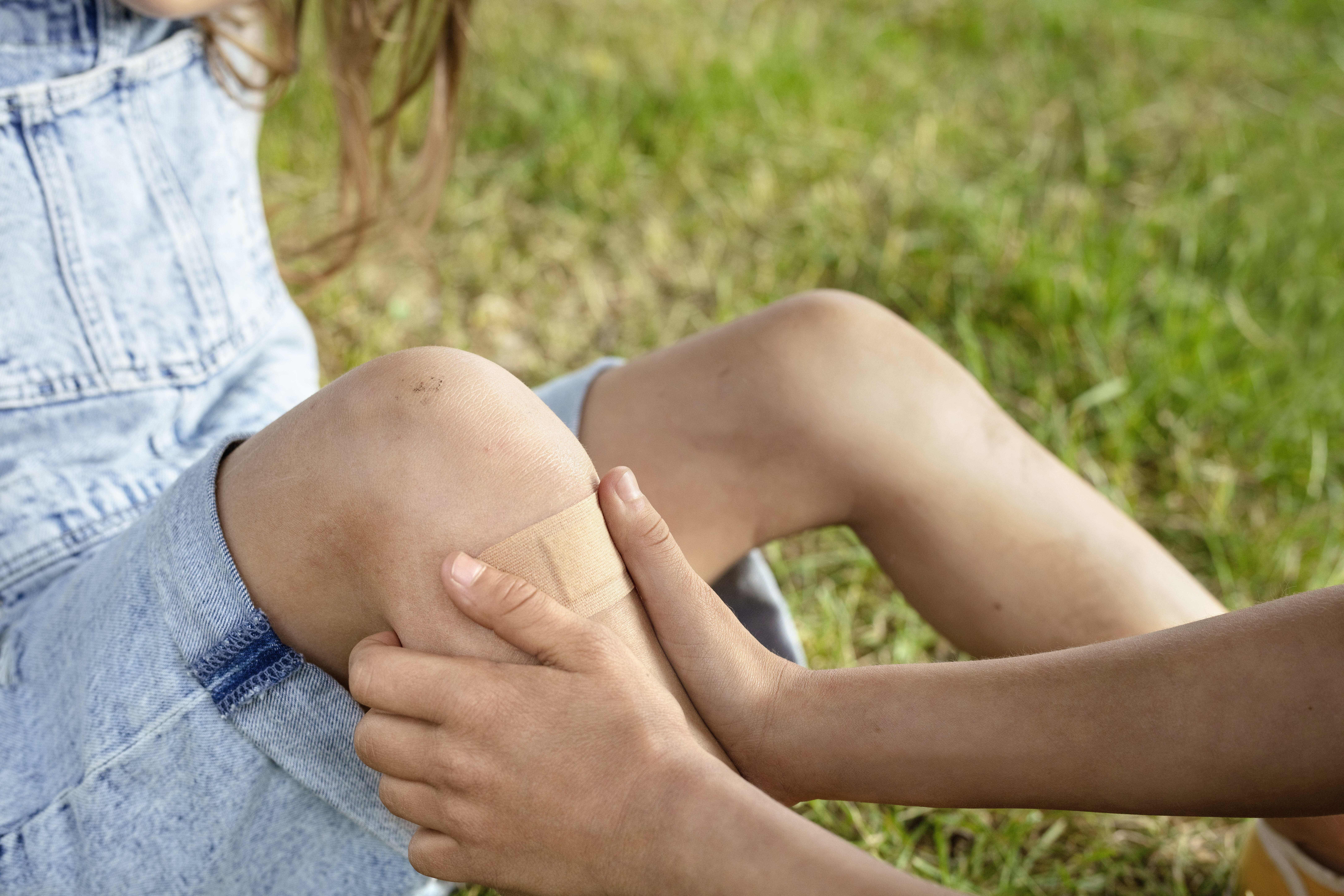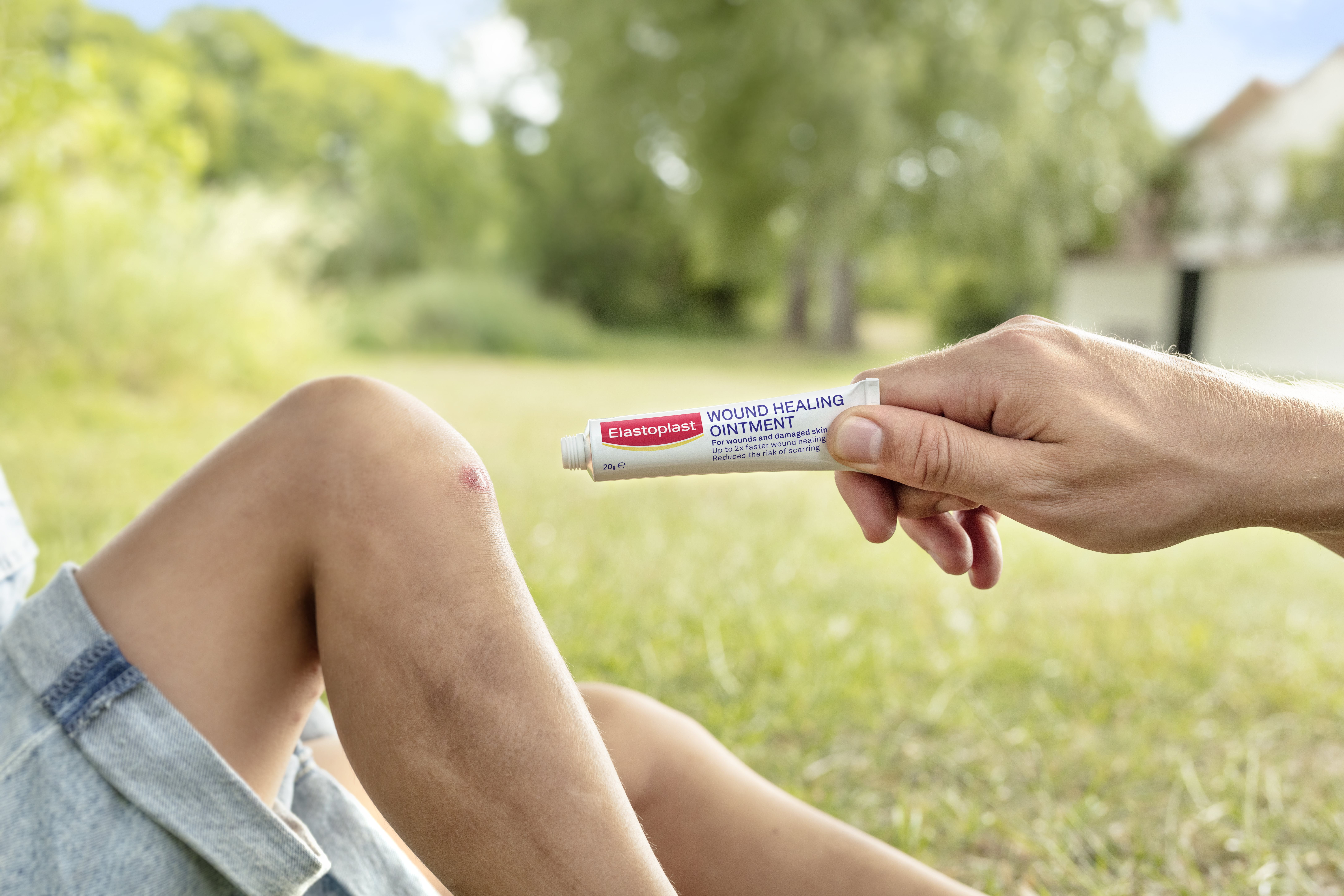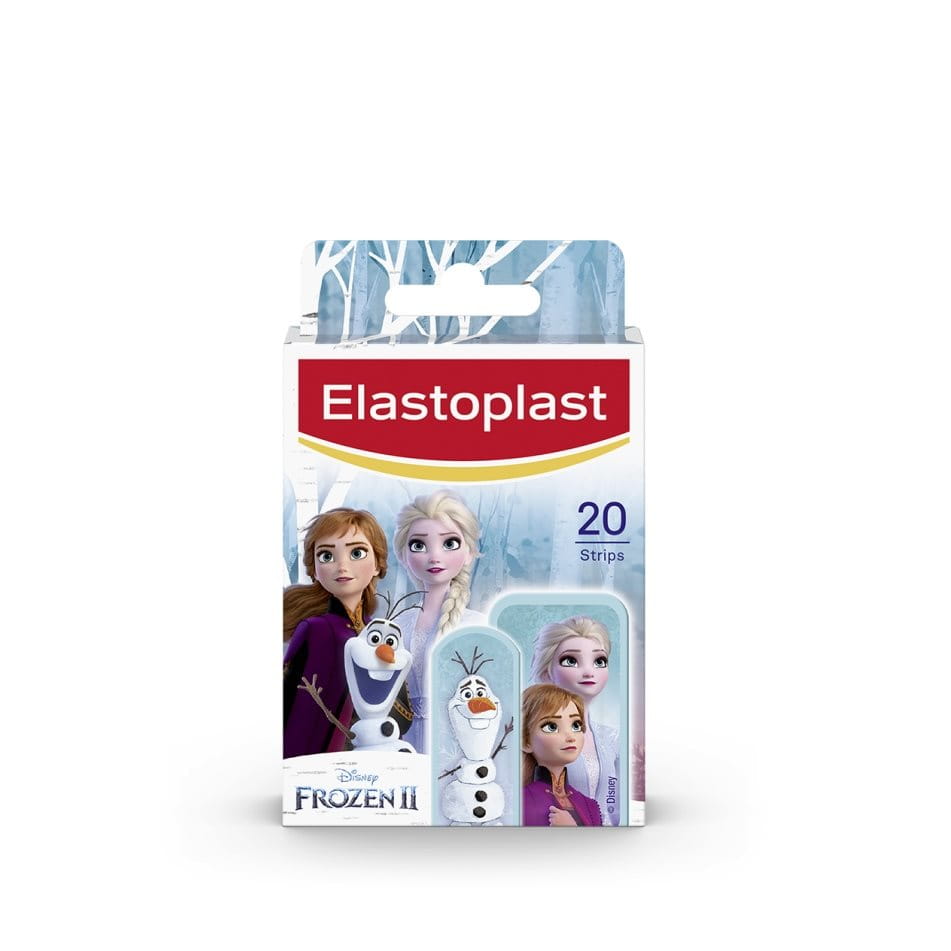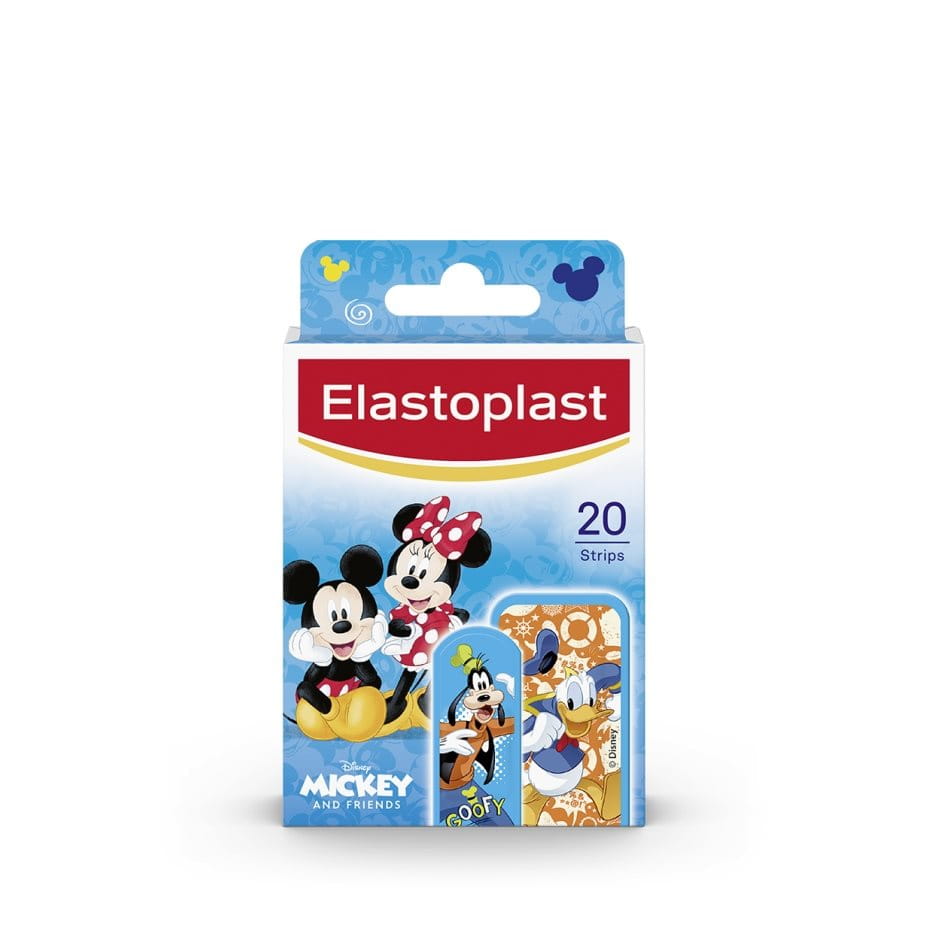Elastic Fabric Roll Plaster
Product Info
Elastoplast Elastic Fabric Roll Plaster
The adhesive tape easily secures gauze, compression pads or any other wound dressing for long-lasting protection. Good elasticity allows for adequate movement and a comfortable feel.
Comes in a compact, easy to use roll, perfect for first aid kits at home or on the playing field.
How To Use
How to use
For treatment and prevention of strain, sprains and sports injuries:
For treatment and prevention of strain, sprains and sports injuries, cut the tape to the length you need. Do not use directly onto skin if skin is sensitive to adhesive tape. To avoid circulation problems, do not apply tape too tightly. If sprain or strain is severe, seek medical advice.
Ingredients
|
Product |
Type |
Size |
Quantity |
||||
|---|---|---|---|---|---|---|---|
|
Product : |
Elastic Fabric Roll Plaster |
Type : |
|
Size : |
1m x 1,25cm |
Quantity : |
1 Piece |
|
Product : |
Elastic Fabric Roll Plaster |
Type : |
|
Size : |
3m x 2,5cm |
Quantity : |
1 Piece |
FAQ (9)
-
1. How often should I change the tape?
For wound treatment the tape is used for fixation of a wound pad or dressing. Usually, it is recommended to change the wound dressing daily for hygiene reasons. -
2. How do I apply the Elastic Fabric Roll Plaster?
Please find our detailed application advice. -
3. Is it better to let small wounds dry in the fresh air instead of putting on a dressing?
It is one of the wound care myths that keeping minor cuts and grazes uncovered and exposed to air helps them to heal faster. The contrary is true! Research shows that covered wounds heal more efficiently and have a reduced risk of infection. Elastoplast products provide protection until the wound is completely healed. -
4. When should I consult a doctor?
We recommend contacting a medical professional under the following circumstances:if the wound is deep and causing major bleeding
- if the wound shows signs of infection such as redness, warmth, pain and swelling
- if there are embedded foreign objects in it
- in case of animal or human bites
- if the wound is in the area of the face
- if there is insufficient tetanus vaccination
and of course always when you have questions or are uncertain.
-
5. What if my wound gets infected and suppurates?
You should contact a medical professional if you recognize signs of infection. This is not only the occurrence of pus but also swelling, redness, heat, pain, itching or burning. In case of infection the wound will need medical care and special medical treatment. -
6. Why do I have to place an extra pad or dressing under the Elastic Fabric Roll Plaster when I have a wound?
The Elastic Fabric Roll Plaster does not contain a wound pad which is necessary to absorb blood and wound exudate and to ensure that the wound area is cushioned and hygienically protected. Thus, a wound should first be covered with a wound pad or dressing which then can be fixed with the cohesive bandage. -
7. How can I cushion the wounds?
You can use Elastoplast sterile compress to cushion your wounds. Sterile compresses like this are recommended by WHO and Red Cross for home first aid kits. This sterile compress made of soft and pure cotton protects large wounds such as cuts, grazes, burns, and lacerations. -
8. What are the most common sports injuries?
Strains
A strain to the muscle or tendon can happen when the muscle is over stretched or excessively worked. This can cause the muscle to swell or fibres to rupture as in a torn hamstring. It may be painful and difficult to move or walk. Strains usually take one to six weeks to heal.
Bruises
A direct blow to the muscle tissue can result in bruising.
Tendonitis (inflammation of the tendon)
This can happen after excessive overuse. Often this is due to poor equipment or preparation, such as in tennis elbow.
Dislocation
This happens when a joint is injured and one or more bones are displaced from their normal position such as a dislocated finger or shoulder.
Sprains
This is an injury to a ligament and is caused by a sudden overstretching such as in a sprained ankle. It may be painful and difficult to move or walk. -
9. When should I consult a doctor?
Consult a health professional in case of any injury, or if you suspect joint strain or a medical condition like a fracture. A physician should be consulted in acute cases when these conditions are accompanied by reddening, swelling or hyperthermia of joints, persisting joint trouble or severe pain and/or are associated with neurological symptoms (e.g. numbness, tingling, loss of motion).
You should contact your doctor if symptoms persist. Please note that none of the given tips or recommendations substitute medical advice.
